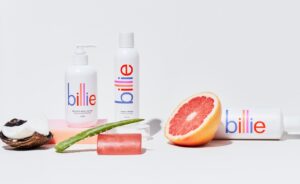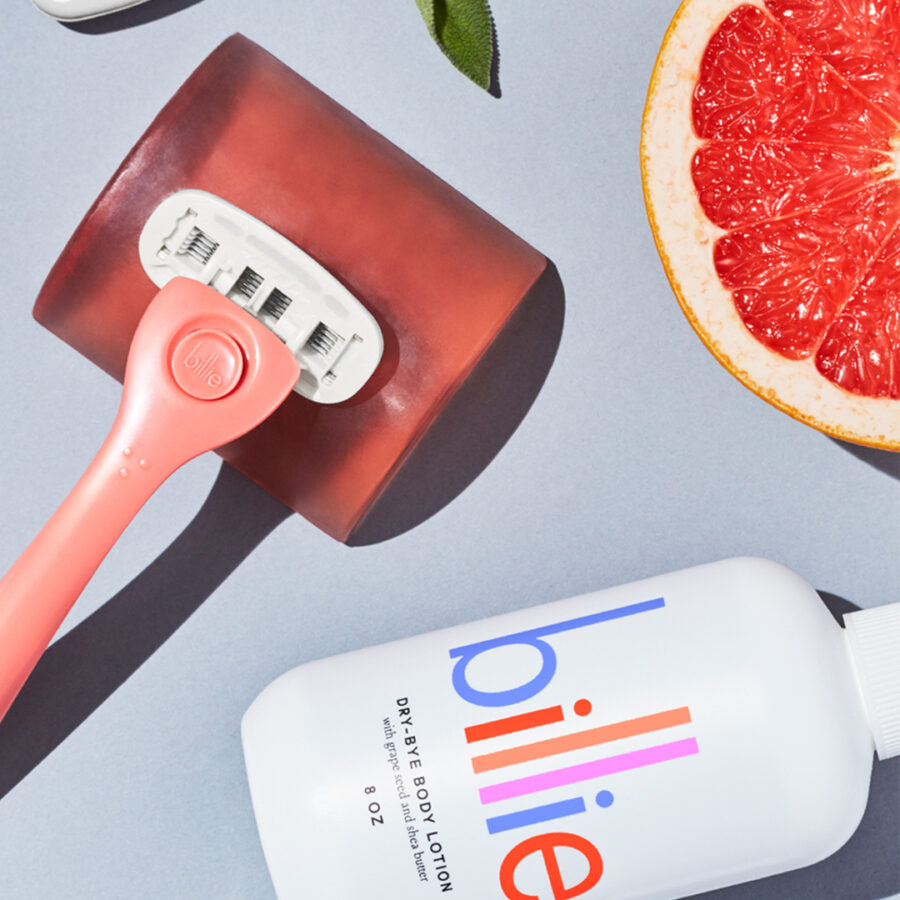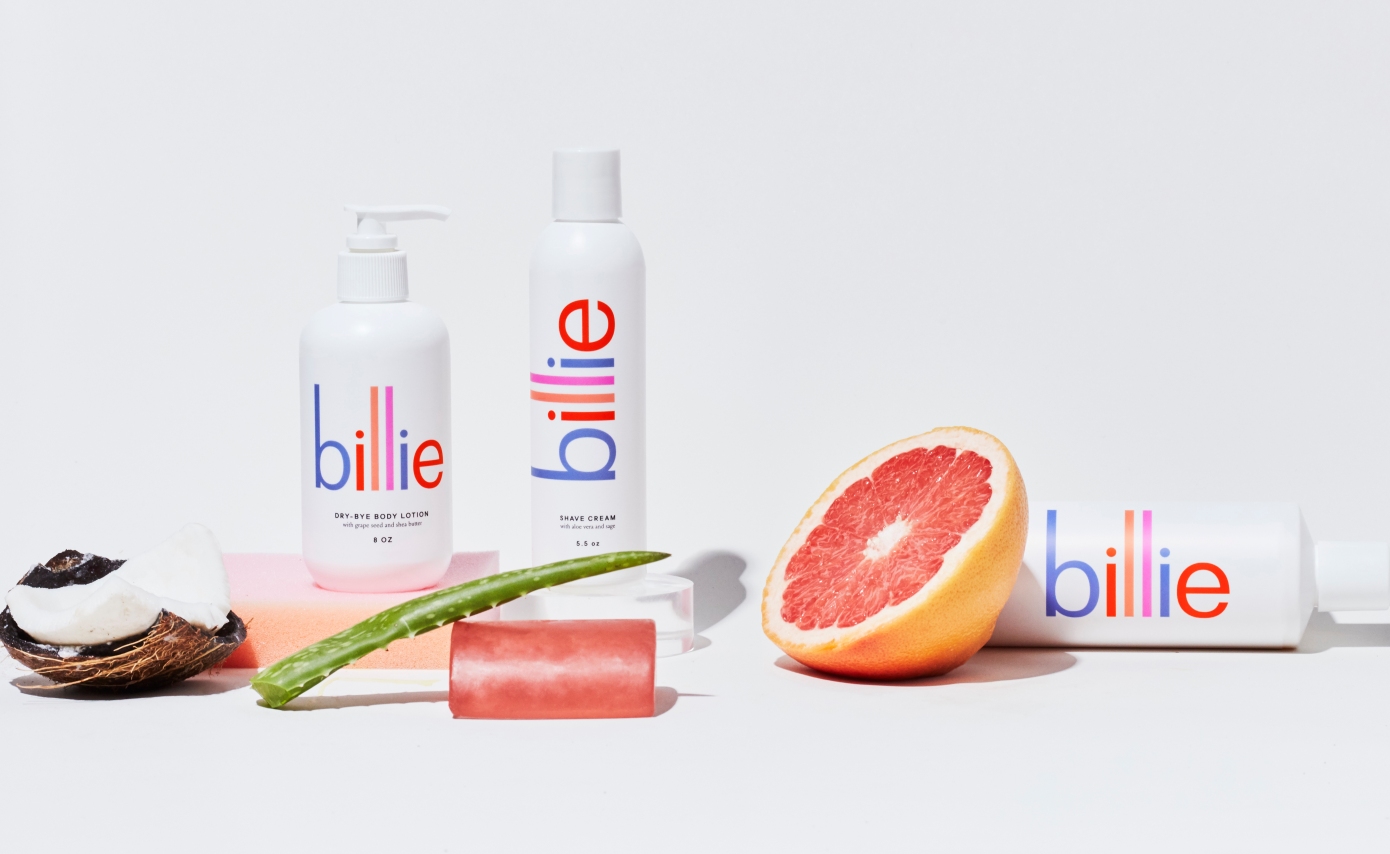- Franklin Morris
Whether you’re releasing a new product or launching into an entirely new retailer, the period leading up to the launch — and the first few weeks after — are critical.
In her career at Quip and Billie, Larra Haftevani, Billie’s Director of Retail Partnerships, has fine-tuned her approach to launching high-growth DTC brands into new retailers.
We recently sat down for a wide-ranging interview with Larra to understand her lessons learned from Billie’s successful product launch into 4,500+ Walmart stores earlier this year.
You can watch the full 45-minute webinar replay here, but since we know you’re busy, we’ve collected the four key takeaways below:

1. Always keep a close eye on a few key metrics.
DTC brands like Quip and Billie built their success in their direct channels on being more data-driven than established competitors.
That same data-driven mindset carries over into the way they think about new product introductions in retail as well.
In the early days of a launch, according to Haftevani, “your number one priority should be getting products on-shelf. And then once the product launches, that’s where you’re really looking at dashboards to show your inventory, your on-hand, your on-order by SKU per door, and really just honing in on the details to understand, did my products end up on-shelf? And the reason for that is that if your product isn’t there, then everything you’ve done, none of it will resonate with your customer. If that product is not available for your consumer, it doesn’t matter in the end. So product on-shelf is the number one thing to consider at launch.”
It can take between six and eight weeks for sales to normalize at a mass retailer, and in the meantime, inventory is the key metric to watch. “You don’t want to be overstocked because that’s risky,” says Haftevani. “You don’t want to be out of stock because that’s bad if you’re a business. So it’s really finding that perfect balance of enough inventory in stores, in your DCs. And then in your pipeline, so the on-hands are coming in correctly, as well.”

2. Use data to influence your retail buyers, early and often.
When it comes to launching new products, “set it and forget it” is not a best practice. This is even more true when you’re launching into an entirely new retail partner. If you’re a small brand like Quip or Billie, the burden often falls on you to provide your buyers or brokers with guidance on how much product to purchase.
After all, it is mutually beneficial for the supplier and the retailer. In Haftevani’s words: “We want the same thing. We want to best serve the customer with the least amount of risk. When trying to convince buyers or replenishment managers to purchase more, it’s about having a well-defined plan or being clear about the data you’re seeing. I would go down to the store level, down to the SKU level, and really show weeks of supply. You can create weeks of supply historical or to-forecast data, and you can show trends to illustrate how we’re trending upward. Or that you’re running marketing and that you expect this lift to be 30% more, you’re going to be on-feature or on-promotion.”
Then it’s all about math, she says: “Here’s what I have on-hand, here’s what I have coming in. And based on my current turn, I’m going to be out of stock.”
3. Retailer-provided forecasts are important, but don’t trust them blindly.
Like many retailers, Walmart provides forecasts to suppliers to help them plan for replenishment. But even the best-laid forecasts rarely match up with reality. How much should a brand trust and lean on these forecasts vs. other data?
In Haftevani’s opinion, it kind of depends. “All of them have their own methodology. The ideal world is that their plan leads up to the dollar demand plan that you’ve both agreed on or communicated.”
But it’s also important to be flexible. “The thing about a supply plan is that it changes, and it should change,” says Haftevani. “It should change based on the sales trends that they’re seeing in stores. And so, usually you are only getting a supply plan a few weeks to months out from your current date. But we know that for the most part, our supply chain takes a lot longer than that.”
In short, retailer-provided forecasts are an important data point, but it is important to have your own perspective and your own forecasts based on what you’re seeing.
4. Always expect the unexpected.
For upstart brands like Billie, the retail journey is always full of surprises. Success in retail, after all, is nuanced and different from e-commerce. Digital brands oftentimes have a direct relationship with their consumer, which impacts everything from sales to marketing. In retail, however, they are one step (or more) removed from the customer and need to keep an eye on different data points to make sure they are effectively managing sales and inventory.
“Did the product set the way that it was supposed to set?” asks Haftevani, “Because, again, we’re looking at Walmart. It’s 4,600 doors. That’s very different than a dot-com business where you’re controlling so much of it.
“If all of a sudden something goes viral and we’re seeing a SKU start to sell out, we always want to have enough back-stock so that customers are getting served. Because at the end of the day, I think we all do this to serve our customers. And I never want someone walking into a store and not being able to buy the thing that they came for or that they want.”
Ready to learn more about how Billie is achieving continued success in retail and digital channels with Alloy?
Watch the full webinar replay now!

Franklin Morris
Franklin Morris is Vice President and Head of Global Marketing at Alloy.ai. He's spent his career leading brand, content and demand generation marketing for high-growth startups, ad agencies, and Fortune 50 giants, including IBM, Dell, Oracle, Rackspace, 3M, Facebook, Electronic Arts, Informatica, Sisense, and Argo Group.

4 Ways Inventory and Retail Data Insights Lead to Better Business Outcomes
Making better supply chain decisions with inventory and retail data Alison Jones, VP of Operations @ Edgewell / Billie The right retail and channel inventory

What a successful retail launch looks like: How Billie launched into 4500+ doors
Larra Haftevani from Billie talks about the critical early weeks of a new retail launch, what metrics to watch, and how to plan and launch…

Alloy | Billie Webinar – Talking Successful Retail Launches – Full Replay
Full replay of our webinar “What a successful retail launch looks like: Billie’s successful launch into thousands of Walmart stores.” Watch this 40 minutes jam-packed…
